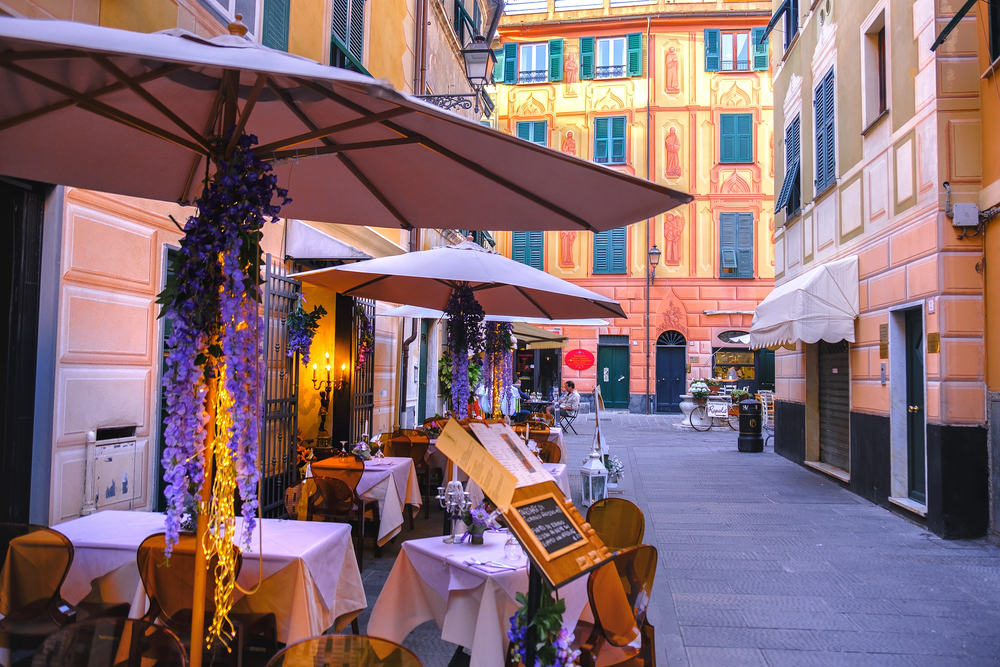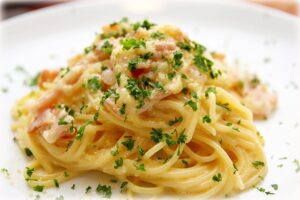A Culinary Adventure in Rome: What To Know Before You Go

Know before you go: A roman culinary adventure
It is no secret that Italy is a great place to eat. Italian cuisine is undeniably one of the most comforting and beloved culinary traditions worldwide. Italian food has something for everyone, from the rich and creamy Alfredo, the pillowy softness of gnocchi, and the hearty layers of lasagna. But there’s much more to Italian food than meets the eye, and some of the most fascinating aspects of this cuisine might surprise you.
If you’re ready to dive into the secrets of Italian cuisine that might change how you think about this beloved fare, especially the Roman variety, buckle up and prepare for a mouth-watering journey through some of the best Rome offers.
If you are planning a trip to the Eternal City and want to experience Roman cuisine like a local, skip the tourist traps and head to the spots where Romans themselves go to eat. These places might be in some guidebooks, but you can get to them by taking a fun food tour of Rome.
The Art of Simplicity
One of the greatest secrets of Italian cooking lies in its simplicity. Italian chefs know the key to a great dish is not using dozens of ingredients or fancy techniques but letting each element shine.
If you’ve ever been served a plate of pasta drowning in sauce at an American-Italian restaurant, you might be surprised to learn that this is far from how it’s done in Italy. The pasta is the show’s star in Italy, and the sauce is meant to complement it, not overpower it.
Typically, Italians use just enough sauce to coat the pasta, allowing the noodles’ flavors to shine through. This minimalist approach highlights the quality of the ingredients and the balance of flavors, a cornerstone of Italian cooking. For a deeper understanding, consider a food tour of Rome to explore some examples firsthand:
Cacio e Pepe
This classic Roman dish has just three ingredients: pasta (such as spaghetti or rigatoni), grated Pecorino Romano cheese, and plenty of black pepper. But when done right, it’s a symphony of flavors that’s both comforting and unforgettable.
The secret? The sauce is created by mixing the grated cheese with the starchy pasta water until it reaches a creamy consistency. Simple yet divine.
Carbonara
This dish is one of the most emblematic of Roman cuisine. It consists of long pasta, usually spaghetti, mixed with a creamy sauce made from eggs, pecorino romano cheese, pancetta or guanciale (a type of Italian bacon), and black pepper. There is no cream and no garlic.

But here’s the thing: not all carbonaras are created equal. The best ones are found in those little, unassuming trattorias where the recipe has been passed down through generations.
If you want to taste the real deal regarding Carbonara, take advantage of places like Lake Trattoria da Enzo al 29. It is located in Trastevere and serves some of the most authentic Carbonara in the city.
Espresso: Italy’s Little Cup of Joy
Espresso is practically synonymous with Italian culture, but if you’re expecting a caffeine jolt like you get from Starbucks, think again.
Italian espresso is much milder in terms of caffeine content, which is why you’ll often see Italians enjoying it late into the evening. It’s more about the ritual and the flavor than the caffeine kick.

In Italy, espresso is a social activity, a moment to pause and enjoy life, often accompanied by a sweet treat like a cornetto. It brings people together. From busy bars to quiet bakeries, there are many places in Rome for an espresso.
When in Rome, you can’t miss Panella, a bakery founded in 1929 by Augusto Panella and passed down through generations of the family.
Sweet Endings: Roman Desserts
While desserts are often reserved for the end of a meal in many cultures, sweets are usually enjoyed earlier in the day in Italy. Pastries like tagliatelle, cornetto, Gandhi, or even a scoop of gelato are commonly consumed as a mid-day snack rather than a post-dinner dessert.
That’s not to say Italians don’t enjoy a sweet finish to their meals—they do! No Roman feast is complete without Tiramisù, a dessert made with layers of espresso-soaked ladyfingers, mascarpone cream cheese, and a dusting of cocoa powder.
Italian food is more than just a meal—it’s an experience, a connection to a rich cultural heritage passed down through generations. So next time you’re craving something comforting, remember you can’t go wrong with Italian food.




